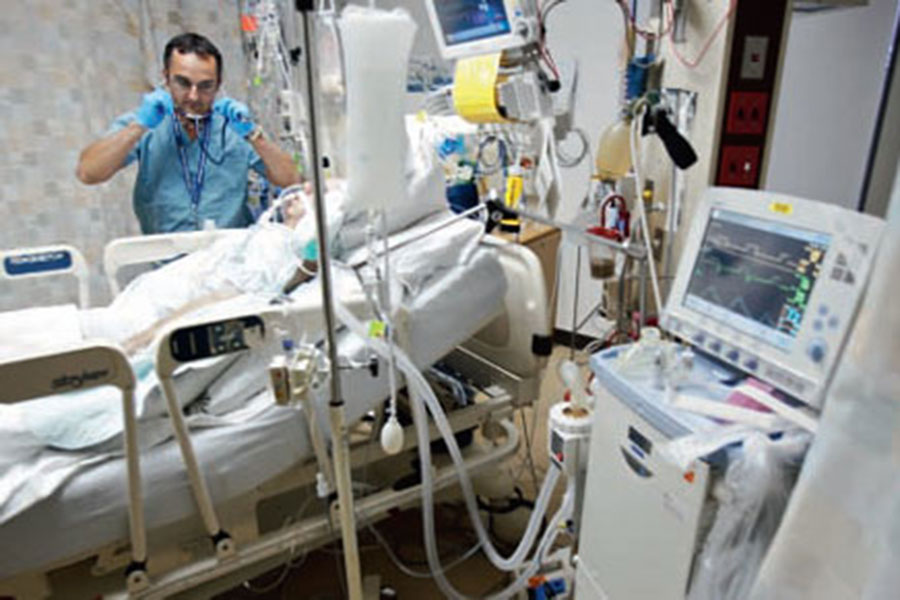For more information on the hospital course, other documents to look for include:
- Operative reports: These are generated if the patient undergoes any surgeries, and a separate report will be generated for each operation. Look at the pre and post-procedure diagnosis.
- Radiological reports: Look at the “Impressions.” Again, there will be one report for each and every imaging study done. For example, if an Xray was taken of a hand, and one of a wrist, there will be one report for the hand, and another one for the wrist.
- Specialty-Specific Consultations (i.e. Neurology, Opthalmology, etc.): These are typically written in “SOAP” format with S=Subjective, O=Objective, A=Assessment and P=Plan. Most often it is the assessment that will reveal the general impression of the doctor writing the note.
One note of caution with computer-generated records: Make sure you know what you’re looking at before you jump to any conclusions. This might seem like an obvious tip, but oftentimes an untrained observer will look at something and think it was a medication that was given and then, after a little more review, determine that it’s simply standing orders for the nurses. Standing orders exist so that the nurses don’t have to call the doctor every time the patient has expected pain, or to tell nurses when they should call the doctor. The following examples show how confusing it can be:
- “Morphine 4mg IV Q4º PRN pain” – In translation, this is an order that says “You can give the patient 4mg of Morphine as often as every 4 hours, when he asks for it, through his intravenous line.”
- “Increase O2 to 6lpm for sats <95%, notify MD for sats <90%” – This is an order from the doctor that says “IF his oxygen saturation goes below 95%, you can up his oxygen to 6 liters; if his oxygen saturation drops below 90%, I want you to call me” “If” is the key word here – it means the orders are anticipatory, not reactive.
So you can see how these Standing Orders may appear, to the untrained eye, like the patient had frequent dosing of narcotics and his oxygen saturations were low and in truth none of that occurred. I highly recommend review by a medical expert if you are looking for information that is this specific.
This month we are discussing Medical Record Review. The blog topics for this month are:
- Medical Records: Where to start (5/5/16)
- Medical Records: Emergency Records (5/12/16)
- Medical Records: Complications and Procedures (5/19/16)
- Medical Records: Abbreviations (5/26/16)
Note: To see all posts in this topic, click here











